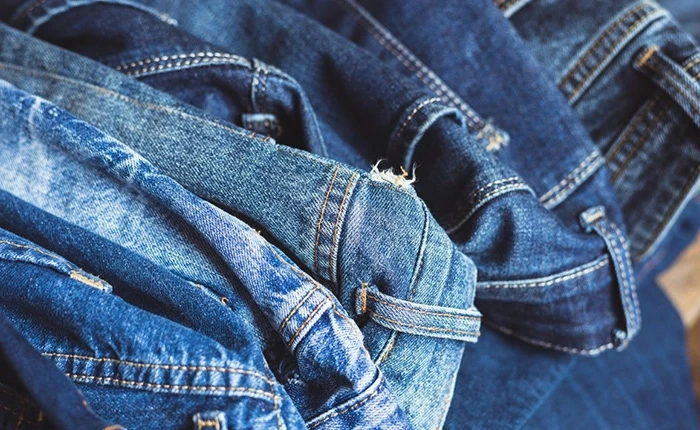Premium Indigo Dyeing Products - Eco-Friendly and Sustainable Solutions
The Art and Science of Dyeing with Indigo
Indigo dyeing is an ancient craft that has captivated artisans and fashion enthusiasts alike for centuries. Known for its deep blue hue, indigo dye is derived from the leaves of the indigo plant, a process that combines both art and science. This fascinating journey from plant to fabric not only results in stunning textiles but also connects us to a rich cultural heritage.
The Art and Science of Dyeing with Indigo
After preparing the indigo vat, the dyeing process can commence. Fabrics, commonly cotton or linen, are submerged into the vat repeatedly. Each dip allows the fabric to absorb more dye, and after being exposed to air, a chemical reaction occurs, resulting in the iconic blue color. The darker the desired shade, the more times the fabric must be dipped, making this a labor-intensive yet rewarding endeavor.
dyeing indigo product

One of the most intriguing aspects of indigo dyeing is its inherent unpredictability. Variances in fabric types, dye bath conditions, and even the dyer’s technique can lead to unique results, creating one-of-a-kind pieces each time. This randomness is part of the charm of indigo, as no two dyed fabrics will ever look exactly alike.
Culturally, indigo dyeing has a rich history. It has deep roots in numerous societies, from Africa to Asia and the Americas. In many cultures, indigo is more than just a dye; it symbolizes unity, peace, and tradition. For example, in Japan, indigo dyeing is celebrated through a technique known as shibori, which involves intricate folding and binding methods to create patterns. Each pattern tells a story, often reflecting the environment and community of its origin.
In recent years, there has been a resurgence of interest in natural dyes, including indigo. As consumers become more environmentally conscious and seek sustainable fashion options, naturally dyed textiles are gaining popularity. Artisans are reviving ancient techniques and educating new generations about the importance of preserving this craft.
Indigo dyeing, with its combination of artistry and heritage, offers a window into our past while paving the way for sustainable practices in the fashion industry. As we continue to appreciate the beauty of indigo, we also embrace its rich cultural significance and the artisans dedicated to keeping this timeless craft alive. Whether worn as clothing or used as decorative elements, indigo dyed fabrics resonate with history, making them treasured pieces for years to come.
-
The Timeless Art of Denim Indigo Dye
NewsJul.01,2025
-
The Rise of Sulfur Dyed Denim
NewsJul.01,2025
-
The Rich Revival of the Best Indigo Dye
NewsJul.01,2025
-
The Enduring Strength of Sulphur Black
NewsJul.01,2025
-
The Ancient Art of Chinese Indigo Dye
NewsJul.01,2025
-
Industry Power of Indigo
NewsJul.01,2025
-
Black Sulfur is Leading the Next Wave
NewsJul.01,2025

Sulphur Black
1.Name: sulphur black; Sulfur Black; Sulphur Black 1;
2.Structure formula:
3.Molecule formula: C6H4N2O5
4.CAS No.: 1326-82-5
5.HS code: 32041911
6.Product specification:Appearance:black phosphorus flakes; black liquid

Bromo Indigo; Vat Bromo-Indigo; C.I.Vat Blue 5
1.Name: Bromo indigo; Vat bromo-indigo; C.I.Vat blue 5;
2.Structure formula:
3.Molecule formula: C16H6Br4N2O2
4.CAS No.: 2475-31-2
5.HS code: 3204151000 6.Major usage and instruction: Be mainly used to dye cotton fabrics.

Indigo Blue Vat Blue
1.Name: indigo blue,vat blue 1,
2.Structure formula:
3.Molecule formula: C16H10N2O2
4.. CAS No.: 482-89-3
5.Molecule weight: 262.62
6.HS code: 3204151000
7.Major usage and instruction: Be mainly used to dye cotton fabrics.

